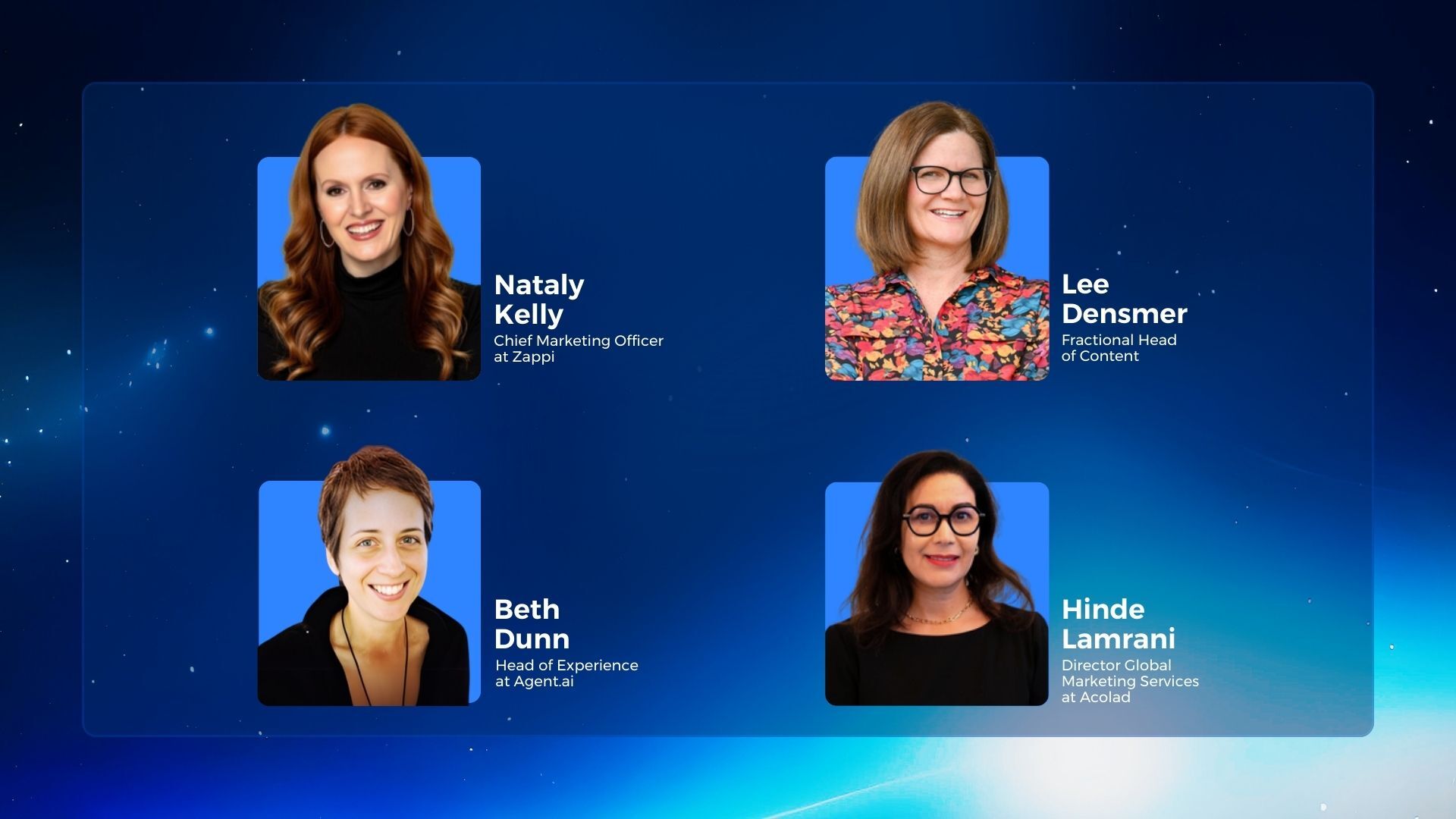1. Find your universal brand values
Just like people, brands also have their own personality. At the beginning of your brand identity journey, ask yourself: What does your brand stand for? Why does it exist, and who does it aim to help? What problems does it solve, and ultimately, which emotions would you like associated with your brand?
The most powerful brands are the ones that inspire with a message that people can get behind, something that aligns with consumers’ own values.
Let's look at two examples:
- A veteran in global branding, Coca-Cola has introduced a “think local, act local” marketing approach in the beginning of the millennium. However, their universal values such as sharing, happiness and active lifestyles have been key to strengthen the expansion of the brand.
- The same goes for brands such as Zara or Ikea, committed to adjust to a broad spectrum of consumers, making fashion and interior design affordable all under the values of functionality, sustainability and beauty.
Imagine a brand values pyramid: the brand’s baseline requirements or the functional benefits delivered are the foundation. Then, the emotional benefits, meaning how your product/services make the consumer feel. At the top, the self-expressive benefits – where a brand is able to reflect its customer's self-concept. A key to successful branding is to make self-expressive benefits part of the brand value proposition, to add richness and depth to the brand and the experience while using it.

2. Focus on the uniqueness of your products and services
Strong global brands have a degree of differentiation. To be noticed, you need to be unique.
- Adobe is the perfect example of product-led brand growth. Throughout their 35 years, Adobe has reinvented itself over and over – continuing to innovate, keeping creativity as the core and stable value of their solutions. From their transition to a SaaS model in 2013 through a recent rebranding, Adobe’s journey is unique.
While you might not expect to launch the next Photoshop, you can definitely work on your product's and services' uniqueness, creating your USP. Develop a unique facet of your business and leverage it in your favor, be it with stellar customer service or a higher-quality product. And make sure consumers are well aware of this.
3. Lead by innovation and inclusion
Diversity and inclusion are top-of-mind for many brands, and that's not just a social justice issue. Diversifying the types of people your brand hires makes your brand better.
- Over the past couple of years, Dell has set a unique example and an inspiration for the promotion of diversity and inclusion. Their “Progress Made Real” social impact strategy established gender and race equality as priority 2030 goals. For Dell, diversity and inclusion are business priorities that support innovation, development and growth.
By diversifying their teams, whether in terms of gender, race, generation, religion or culture, organizations are able to also diversify their talent pools, reinforce their expertise, and promote innovation and new ways of thinking.
4. Deliver consistent customer experiences
Customer experience is a pillar of all global brands. Recent studies prove that companies which invest in employee and customer experience are 4.2 times more profitable than those that don’t. This underpins the need for personalized, omni-channel interactions that engage and build lasting relationships.
- Customer experience centers in Pittsburgh and Munich are GE's way to connect with potential customers on a personal level, demonstrating its manufacturing systems in action and sending representatives to discuss tailored plans for prospects.
Offer your customers a remarkable, predictable experience, regardless of touchpoint. Your customer service level should be seamless, whether you are interacting online or in person. Additionally, repeat customers should be able to anticipate exactly what to expect from your organization each time they interact with you, regardless of product or service.
5. Tailor your brand to local preferences
As a career localization professional, this one is my favorite! To ensure your brand is associated with a positive experience in any part of the world, you need to take into account the culture and characteristics of each of your local audiences. For global companies competing amidst different cultures, the challenge here is to make their brands culturally relevant while also delivering economies of scale, efficiency and shareholder returns.
- Microsoft is an excellent example of a brand that travels across borders and cultures. Targeting over 86 countries and 22 languages, they intuitively adapt their marketing strategies and processes to accelerate time to market for global campaigns and localized content.
- In a completely different segment, Red Bull also stands out with global and local marketing strategies, perfectly aligned with their target customers around the world. They often reach out to their audience with extreme sporting events and focus on digital marketing such as blogs, viral advertisements and social media.
Knowing how to adapt your approach is key. Different cultures, countries, infrastructures and languages require thoughtfulness and research (and a team of experts). While your values and overall message should remain consistent, the language and visuals should be adapted for each individual market in which you do business. Localizing your message is vital.















